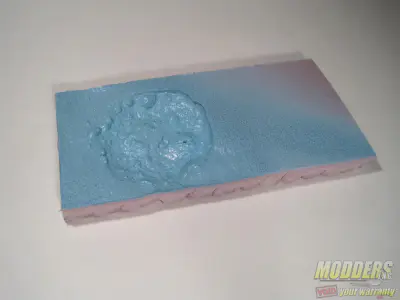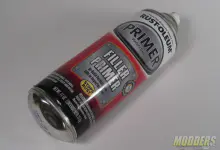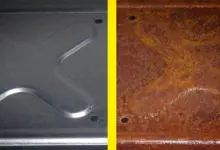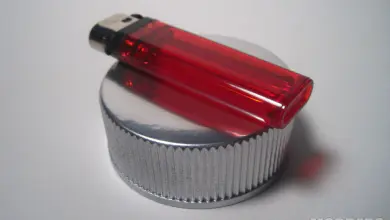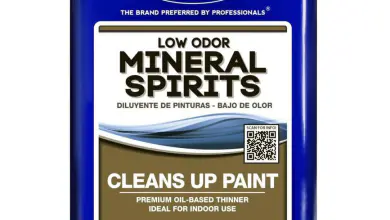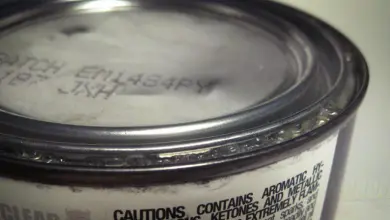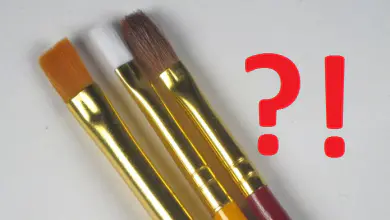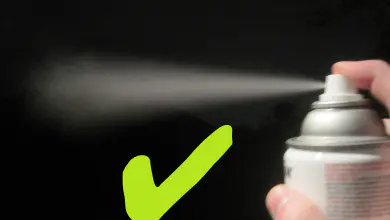Harsh Lessons of Paint: Savage Solvents
To put it simply, spray paint is a pressurized can filled with paint and solvent. Certain plastics and rubbers will dissolve in these solvents, meaning spray paints can sometimes unexpectedly ruin your materials. Below is a dramatic example of what spray paint solvent can do to foam:
This is pink insulation foam painted with Rustoleum Painter’s Touch spray paint. Foam is mostly air, so it dissolves quickly. On rubber and plastic however, the damage can be much more subtle.
For example, painting an incompatible plastic (like the flexible plastic on the outside of a cable) can result in a permanently tacky surface. Another bad outcome is paint only half-sticking to surfaces, which requires a full paint strip to re-paint. It can be a real chore to strip off a failed paint job and should be avoided.
So how can someone avoid these kind of unpleasant situations? The easiest precaution is to test on a piece of scrap, or a small, inconspicuous part of your material. If this isn’t an option, there’s a few precautions you’ll need to take:
- Look for plastic-safe spray paints- These paints will get along with most, but not all plastics
- Research online- Google around to see if anyone has had a bad experience with your paint
- Google “Product name + MSDS”- This will find you the product’s Material Safety Data Sheet, which will include a list of all the chemicals used. This can be very helpful if you need more information. For example, the spray paint above contains acetone, the mortal enemy of foam.
In conclusion, be careful when using spray paint on rubber and plastic!
